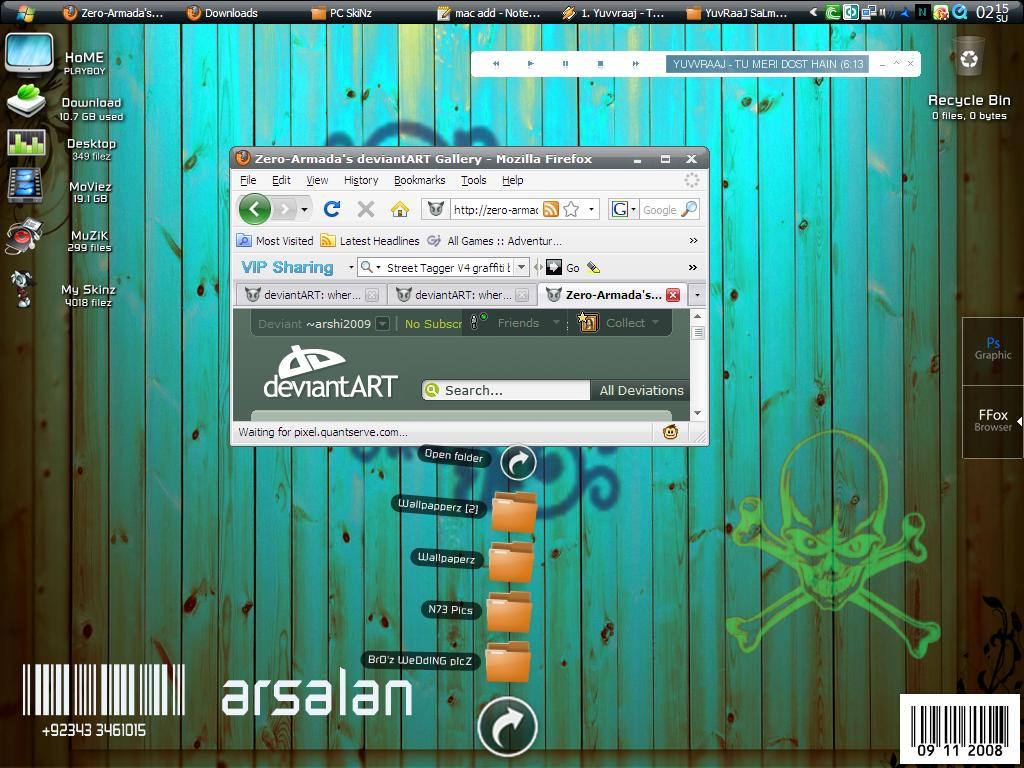Objectdock Stack Docklet

Moreover the ' Default icon ' has to be renamed ' Stack 'objectdock Docklets StackDocklet2.0 Stack.png. And the ' Open folder ' icon has to be renamed ' Open' objectdock Docklets StackDocklet2.0 Open.png. Hope you managed to skin the Stack Docklet prebeta 2.0 ( if this was your case ). Customizing what’s on your dock: Shortcuts, docklets and more. Docklets are basically miniature applications right within the dock. ObjectDock comes with several, including ones for weather, time, battery life, Start Menu and more. There are other third-party ones available for download around the web.
By now, you may have already heard of – It’s no stranger to those of us keen on Windows customization. It has actually been around for quite some time, so you might even consider it a veteran of sorts. What is ObjectDock? As the name implies, it’s a dock, which is a program that provides quick access to other programs, folders and widgets right on your desktop. It’s a key symbol of Apple computers, but with third-party programs, such as ObjectDock, Windows machines have the same capability.
So what has allowed ObjectDock to maintain its stellar user base? It’s likely due to it’s balance of functional and practical features, yet stylish and customizable interface.
We’ve recently added ObjectDock to our, so read on for an in-depth look into ObjectDock and all it has to offer you. Downloading And Installing ObjectDock I’m going to be upfront and honest, StarDock, the maker of ObjectDock, doesn’t provide the easiest process of downloading it. First there are two versions, Free and Plus. Upon clicking the download link for the free version, StarDock prompts you to enter your email address to grant you permission to download it. However, all they do is provide, so there’s no real reason to even go to the StarDock website in the first place, other than to get all the official information and specifications about ObjectDock.
So should you go through Download.com? You can – it’s reputable, and definitely safe.
The fundamentals of charge transfer and charge storage have implications in diagnostics for early detection of disease, in energy harvesting and transformation and in the production of important materials. The subject of modern electrochemistry is a truly multi-disciplinary science which incorporates aspects of chemistry, physics and biology in descriptions of fundamental processes whilst impacting on health, environment, energy and process technologies in its varied applications. This book by three eminent electrochemists aims to provide a comprehensive yet concise coverage of modern electrochemistry. 
But I get rather annoyed by their installer, which always seems bloated and includes unnecessary steps. Instead,, which is reputable as well.
They always have the most current version, and all the previous versions as well. After you download the file, the installation is straightforward and simple. There’s no bloatware inserted into the installer, like I warn about in Picture this - you've just found this awesome free software that you are stoked about because of all that it can do for you, but when you install it, you discover that it is packed. Sindrome da boazinha pdf creator. The installation is speedy as well.
NOTE: ObjectDock will automatically be added to your start-up, but if you want to disable this, you can do this in the settings. After installing, you’ll be prompted to run ObjectDock. Once you do, it will appear at the bottom of the screen and the settings window will appear as well. These settings are what we’ll be walking through next, so don’t discard them. Simply having ObjectDock does not make your desktop look awesome – the magic lies in the customization.
Checking Out The Basic Settings The ObjectDock Settings window has three tabs: The ObjectDock icon, Home, and Settings. As a rule of thumb, Home is where the customization takes place,whereas the Settings tab deals more with the in-depth settings, although that’s a general rule and isn’t matter of fact.
The ObjectDock icon doesn’t really have anything that you can access elsewhere in the settings window or via the dock itself. So let’s say you closed this window after seeing it, or want to open it back up later – how do you do that? The quickest way is by right clicking somewhere on the dock.
You’ll then see an option for Settings. If you click on an icon instead, you can still access the Settings window, you’ll first have to hover over Dock Options and/or Settings, depending on the icon, and then choose Settings (Unfortunately, they didn’t make it consistent). Alternatively you can add them via the Settings window by clicking on On my dock and then Add a new shortcut.
Docklets are basically miniature applications right within the dock. ObjectDock comes with several, including ones for weather, time, battery life, Start Menu and more. There are other third-party ones available for download around the web. These can be added either by right clicking the dock (shown below) or through the Settings window, by going to On my dock and clicking on Add a new docklet. Weather (expands to 5-day forecast after hovering over it) Start Menu Battery Meter Other docklets are the Recycle Bin (which has the same options that the Recycle Bin icon on your desktop does), Clock, Calendar, Web Search and Show Desktop. Separators (pictured above) can be used to bring some organization to the dock. You can add them by right clicking and going to Add > Separator or through the Settings window under On my dock and clicking Add a new separator.